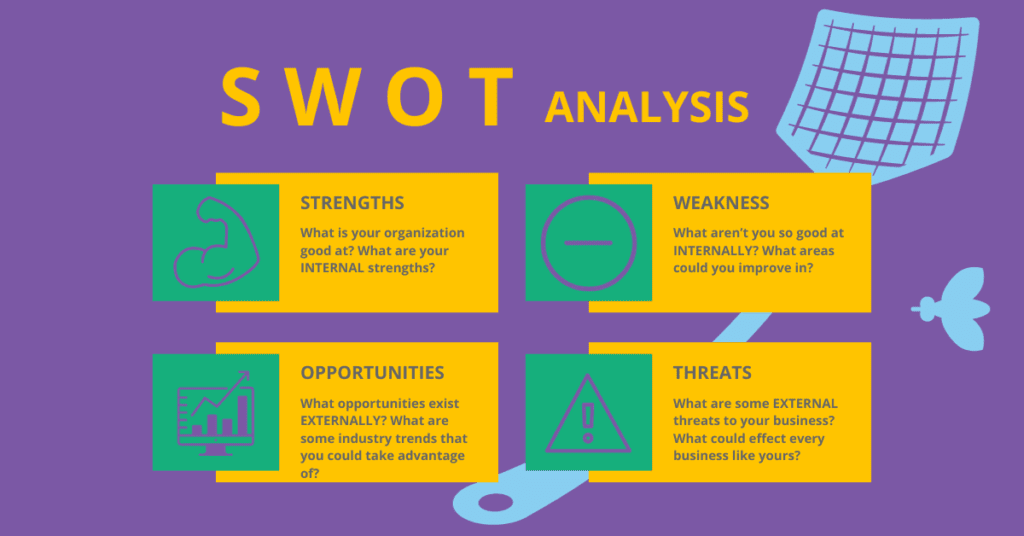Creating a Unique Value Proposition (UVP) is like discovering your business’s secret sauce. It’s the clear, compelling statement that tells your customers exactly why they should choose you over the competition. Let’s dive into why a strong UVP is essential and how you can develop one that resonates with your audience.
Introduction: What is a UVP and Why is it Important?
A Unique Value Proposition (UVP) is a concise statement that articulates the distinct benefits of your offering, how you address your customer’s needs, and what sets you apart from the competition. Think of it as your business’s elevator pitch, but with more substance and impact. A strong UVP doesn’t just attract attention; it engages and convinces potential customers, boosting their understanding of your value and increasing engagement.
Why a UVP Matters
Market Differentiation
In today’s crowded market, standing out is crucial. A well-crafted UVP highlights what makes your business unique, helping you rise above the noise. It’s the difference between being just another option and being the obvious choice.
Customer Attraction and Retention
Customers are more likely to remember and choose businesses with a clear, compelling UVP. Statistics show that companies with strong UVPs can improve their conversion rates by up to 200% (Marketing Sherpa). This isn’t just about attracting customers; it’s about keeping them coming back.
Understanding Your Market
Identifying Your Target Audience
Knowing your market is the first step to crafting a UVP that hits home. Start by segmenting your audience based on demographics, psychographics, and behavior. Create detailed customer profiles to tailor your marketing strategies effectively. Imagine you’re a bakery—your segments might include busy professionals who want quick, healthy breakfast options, or parents looking for fun, kid-friendly treats.
Use our customer profiling template to get started. This guide will help you pinpoint exactly who your ideal customers are and what they care about most.
Analyzing Competitors
Next, get to know your competition. Competitive analysis tools like SWOT (Strengths, Weaknesses, Opportunities, Threats) and Porter’s Five Forces can help you understand your competitors’ strengths and weaknesses. Identify gaps in their offerings that your business can fill.
For example, if you notice a competitor’s coffee shop lacks vegan options, and there’s a demand for it, you could make that a highlight of your own menu. Use our competitive analysis template to uncover these opportunities for differentiation.
Developing Your UVP
Components of a Strong UVP
A strong UVP is clear, concise, and direct. Focus on specific benefits that your customers can expect, ensuring relevance to their most important needs. Let’s break it down:
- Clarity and Conciseness: Your UVP should be simple and direct. Avoid fluff and jargon.
- Specific Benefits: Highlight the tangible outcomes your customers can expect.
- Relevance: Make sure your UVP addresses what matters most to your target audience.
Brainstorming Your Differentiators
Now, let’s get creative. Gather your team for a brainstorming session to list your business’s features and benefits. Use our differentiator brainstorming worksheet to identify the most powerful and unique aspects of your offering. These will form the core of your UVP.
For instance, if you run a local gym, your differentiators might include 24/7 access, personalized training programs, or a strong community vibe. Select the ones that resonate most with your target audience and make them the focal point of your UVP.
Communicating Your UVP
Effective Messaging Strategies
Crafting your UVP is just the beginning. Next, you need to communicate it effectively. Here are some tips:
- Create Impactful Messages: Your messages should resonate emotionally and rationally with your target audience.
- Use a Multi-Channel Approach: Communicate your UVP across various platforms—online, in-store, and on social media.
Integrating UVP into Your Business
Across Marketing Materials
Consistency is key. Ensure all your marketing materials reflect and reinforce your UVP. Use logos, taglines, and design elements that visually and verbally support your message. Whether it’s your website, social media profiles, or physical flyers, everything should scream your UVP.
In Customer Service and Sales Strategies
Your UVP should be more than just a tagline—it should be an integral part of your business. Train your staff to understand and effectively communicate the UVP. Role-playing scenarios can help ensure seamless delivery in customer interactions.
For example, if your UVP is all about exceptional customer service, your team should know exactly how to deliver that experience consistently. Every interaction should reflect the promises made in your UVP.
Conclusion: Empower Your Business with a Strong UVP
Crafting a UVP is essential for standing out in today’s market. It’s about clearly and concisely communicating the unique value your business offers. Start by understanding your market, brainstorming your differentiators, and then effectively communicating and integrating your UVP across all aspects of your business.
Remember, a strong UVP can boost customer engagement, improve conversion rates, and drive growth. So, take these insights, revisit your UVP, and make sure it truly represents the unique value you bring to your customers.
Ready to get started? Let’s make your business the obvious choice!



